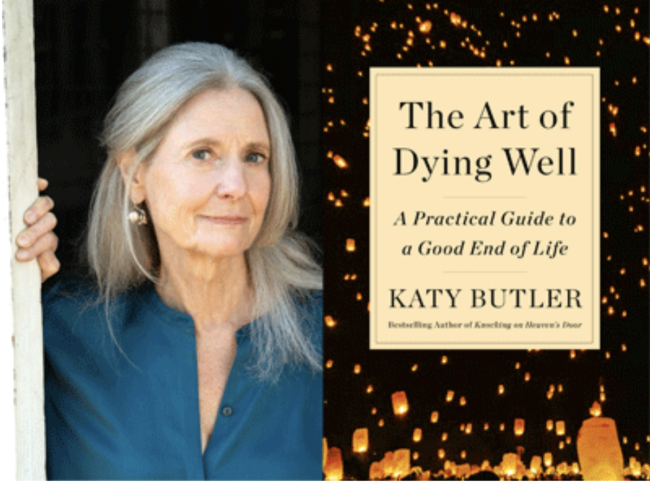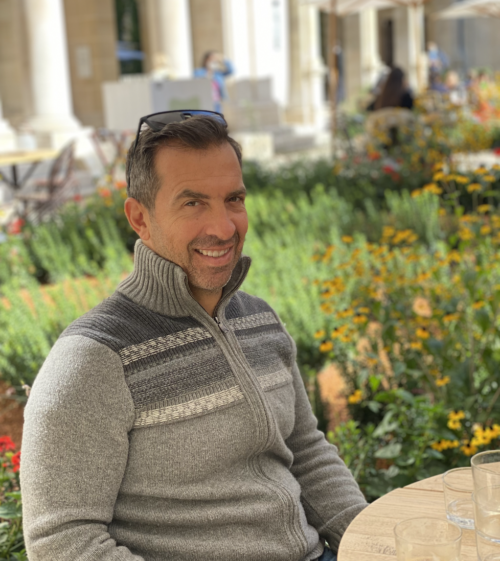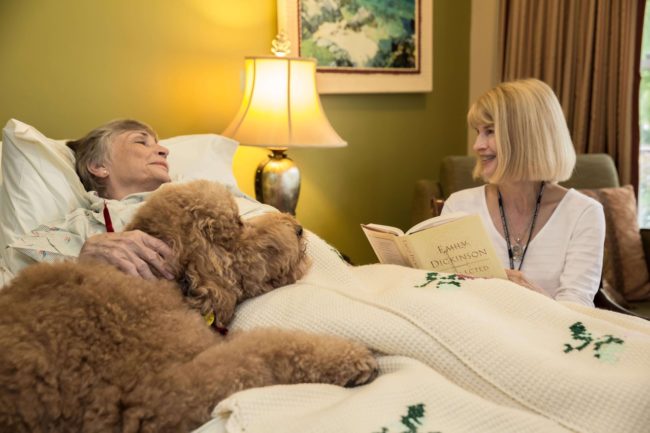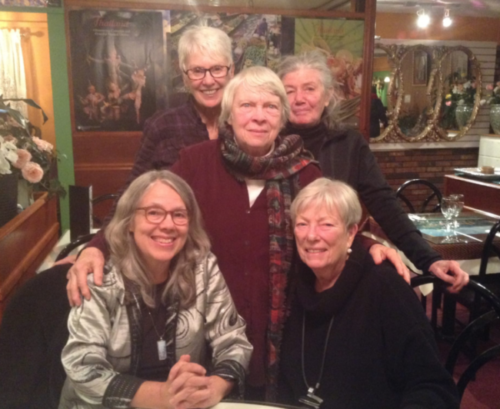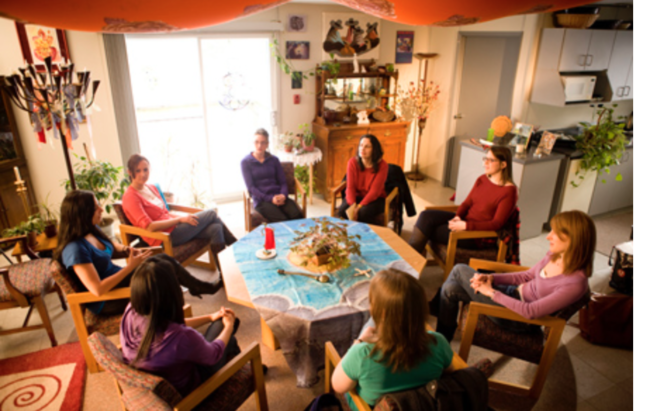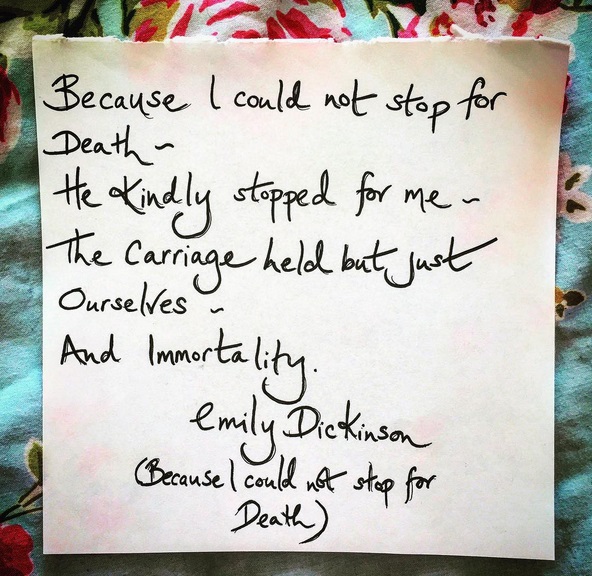When I mentioned to a friend that I was reading Katy Butler’s new book, The Art of Dying Well, her response was: “That sounds grim.” Another friend was similarly put-off, saying, “I never think about death. It’s too depressing.”
After finishing Butler’s book, I felt anything but depressed.
I felt empowered, realizing I have a lot more control over how I die than I had previously thought. Simply put, Butler makes dying less scary by offering clear steps, starting when you’re in good health, and leading you from the inevitable slowing down to being diagnosed with a fatal illness to planning your last days.
Get your ducks in a row by preparing the necessary legal papers. Select a close relative or friend to be your power of attorney: someone who will make sure your preferences for end-of-life care are honored.
Butler recommends a living will, which includes a DNR (Do Not Resuscitate Order). For details on completing a DNR see the website, AgingwithDignity.org. Usually, a DNR is part of an Advanced Care Directive, which states how you want to die. Do you want heroic medical efforts to keep you alive or do you want medical procedures to stop when quality of life disappears? You don’t have to agree to medical procedures that carry risks and often only delay death by a few months.
Make a detailed comfort care list, which might include gentle massages, poems read aloud, and favorite musical selections.
While paperwork is important, emotional support at the end of life is just as critical.
Organize a supportive tribe of friends and neighbors who are willing to lend a hand when you’re too sick to run errands or later when you need around-the-clock care. Your tribe can be a huge solace to family members who can easily become depleted or who may live at a distance.
What about the moment of truth when you learn that you have a terminal illness?
Most doctors will offer a vague prognosis of a few months or years. To penetrate doctor-talk Butler suggests asking detailed questions like how long you’ll be able to maintain your routines, when you’ll need nursing assistance, and when to contact Hospice.
When it comes to Hospice many people regard it as last minute, when individuals qualify six months before the estimated time of death. My mother received Hospice care for her last six months. It was invaluable in helping her come to terms with her death and with the emotional support offered the family. I will never forget Hospice’s willingness to dispense hugs.
A good death should be a peaceful death, and ideally one unencumbered by conflictual relationships. Start now to try to make amends with those friends and family members that trigger you.
A spiritual community can be comforting in your last days. A spiritual community is not restricted to a church or synagogue. It can be a circle of friends, who meet regularly to share their spiritual beliefs and practices, while providing emotional support.
It’s recommended that you let your family know your preferences for your memorial service and burial. I’m not that invested in the particulars of a memorial service, other than expressing a desire to have everyone wear polka dots towards a celebratory mood. Recently I’ve told my family I’m researching a green burial.
The Art of Dying Well is a book I’m sure to return to again and again as I face my own decline. I’m grateful to Katy Butler for teaching me that I can be actively involved in shaping my death. I don’t have to be at the mercy of over-zealous doctors who can be more invested in cure than care. I can make my last days meaningful and even spiritually rich.
.
